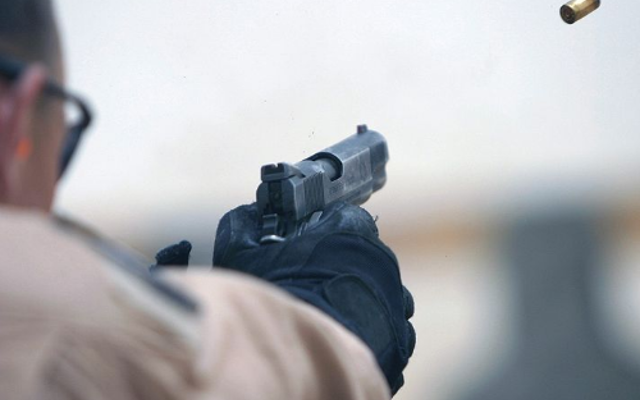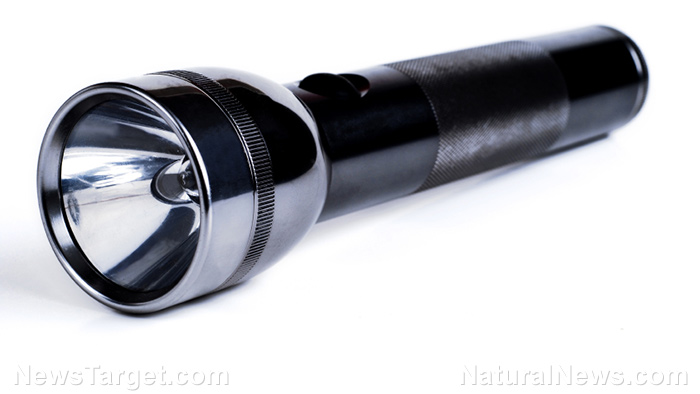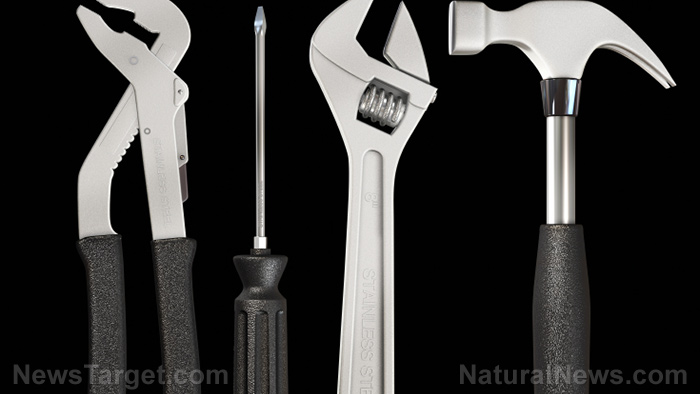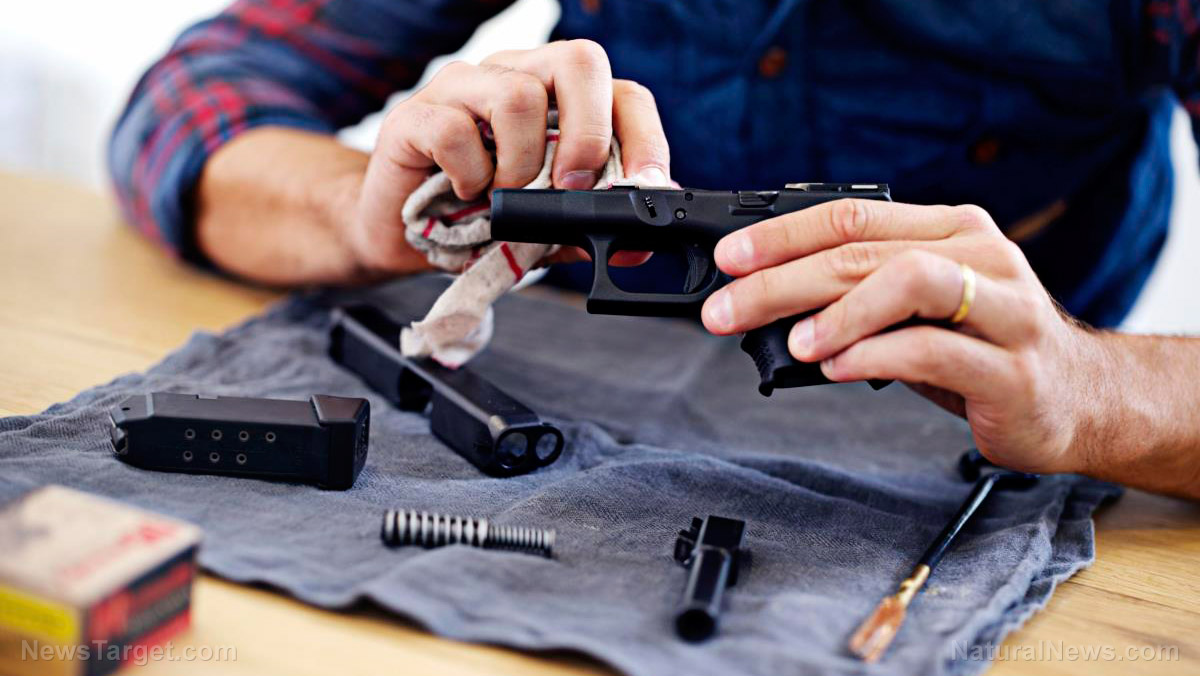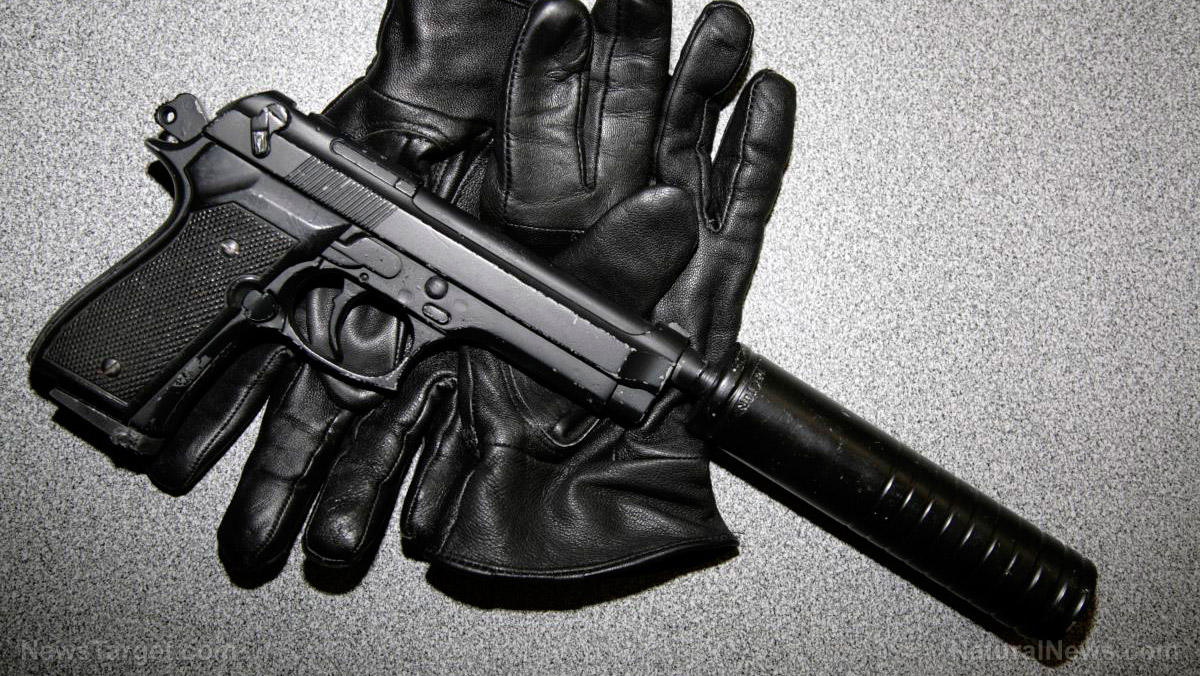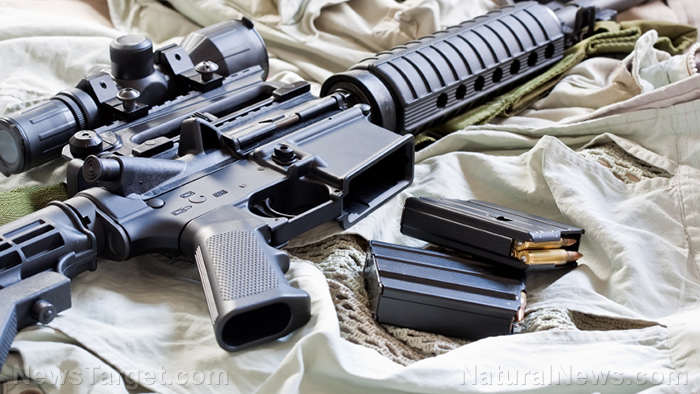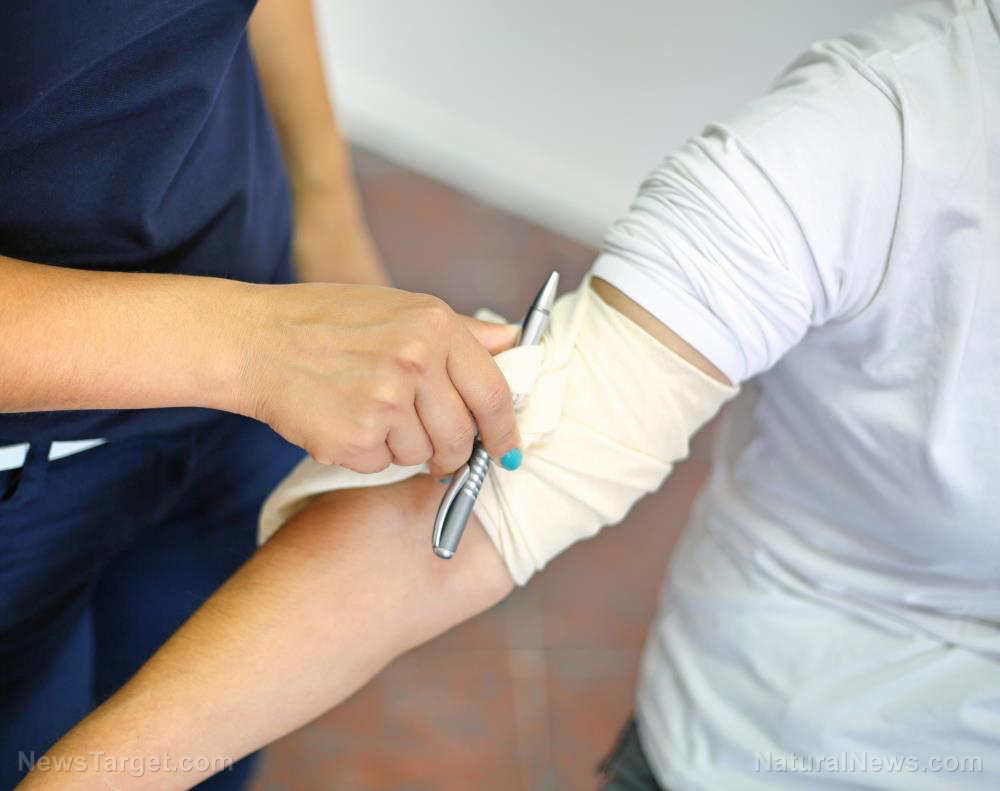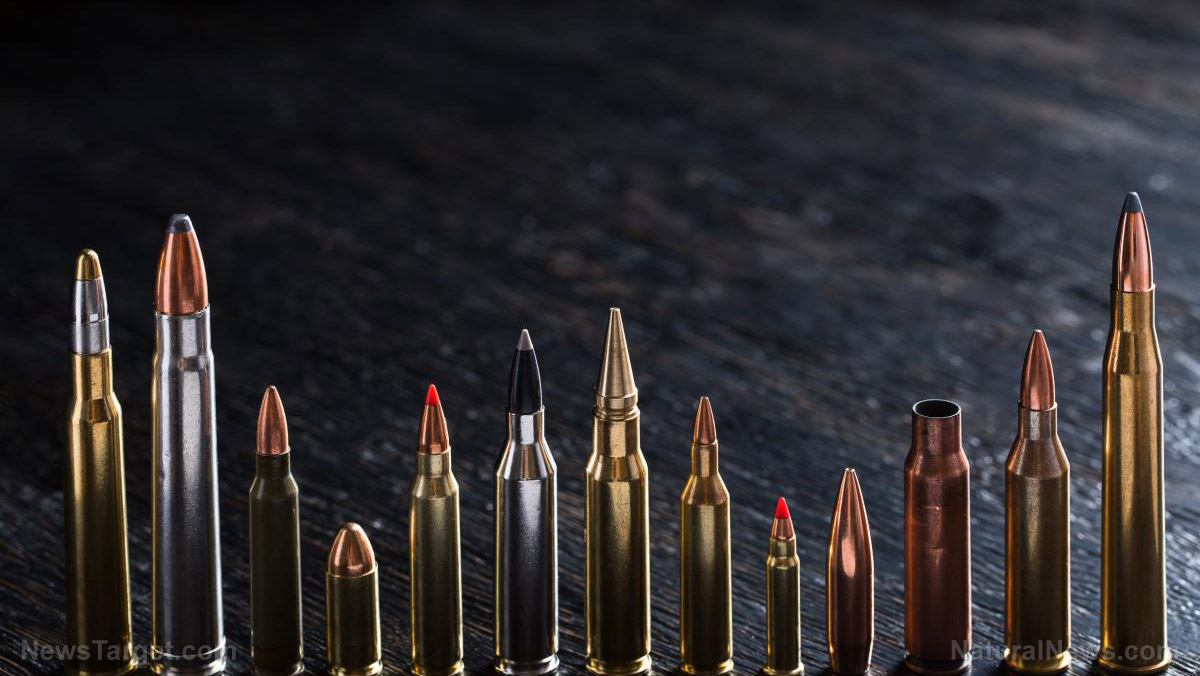10 Easy ways to upgrade your bug-out bag before disaster strikes
10/27/2019 / By Grace Olson

Your bug-out bag is key to your survival. Preppers often worry about the items to place inside their BOB, but rarely do they look at the bag itself. Remember this: Your BOB is responsible for keeping all your survival items intact, so take care of it. Here are some tips on upgrading your BOB. (h/t to SurvivorSullivan.com)
1. Protect your bag from water
Water is both a friend and an enemy in the wild. Getting your bag wet means potentially damaging all the items inside it. These include your electronics, food supplies, and other things crucial to your survival.
Invest in a plastic bag cover with elastic straps at the ends. The straps ensure that the fit is snug and tight. If rain comes, you’ll feel more secure that your items are dry inside the bag.
2. Improve frame and suspension
Unless it’s a high-end bag, most bags have flimsy frames. In a survival scenario, you may have to carry your bag for long distances, and a flimsy bag frame will make things harder for you. A rigid backpack with a rigid frame is significantly better at carrying heavy loads.
If you can’t afford a rigid backpack, improve yours by adding supports like belts and straps. Check the hems of your backpack and add an extra line of stitching to make it more durable.
3. Add extra compartments outside
Most backpacks already have pockets outside, but you usually need to remove the bag first before you can access the items inside them. Save time by adding small pockets or hooks on your bag’s straps and belt. You can easily access items you need immediately, such as a flashlight, a map, or a knife.
4. Remove extra weight
Your backpack will feel heavier the longer you travel. It is crucial that you keep your backpack as light as possible. Ask yourself if you really need every item inside or find lighter, more compact versions available.
5. Add back-ups
Your back-ups are not extra weight. They are crucial in unexpected emergencies. For example, your camp was attacked and you had to leave your tent behind. Having a tarp or a poncho inside your kit ensures that you still have something to use for shelter later. Other essential back-ups include fire-starting materials (lighters and matches) and water filters.
6. Divide your items into categories
In an emergency, you must be able to access your survival gear immediately. A messy BOB is an obstacle, and furthermore, it makes you more likely to leave something behind. Modulate your items into specific piles, like medical supplies, food, regular items, and clothes. Buy containers for them, like Ziploc bags and pouches. Afterward, set aside specific pockets for them. In this way, you immediately know which pocket to open when you need something. (Related: Prepper hacks: How to make modular bug-out bags.)
7. Protect your electronics
Electronics are useful, but they can compromise your security. Not only can they break under harmful radiation, hacking attempts may also reveal your location. Invest in signal-blocking bags to avoid these risks.
8. Invest in solar chargers
In a survival scenario, you’ll need electricity to power your electronics. Solar chargers are a great way to gather energy. Find a way to attach the solar charger outside your bag, so you can charge while on the move. Secure it using a belt or a strap or sew a compartment for it.
9. Soundproof your backpack
Too much sound attracts unwanted attention. It also prevents you from hearing important sounds, like incoming footsteps or a snapping branch. When packing your items, cushion them with clothes, tarps, or rags to prevent them from making noise.
10. Allot a space for water
Aside from water purification tablets and water filters, you’ll need to make room for water containers as well. Sources of water may come rarely while you’re traveling. Having a storage unit for water ensures that you’re hydrated until you find the next water source.
Learn more tips on preparing your bug-out bag at BugOut.news.
Sources include:
Tagged Under: backpack, bag upgrade, bug out, bug out bag, bug out kit, bugout, chaos, EDC items, Gear, how-to, off grid, preparedness, prepper, prepping, prepping tips, survival, survival gear, Survival Tips, survivalist
RECENT NEWS & ARTICLES
COPYRIGHT © 2018 SELFDEFENSE.NEWS
All content posted on this site is protected under Free Speech. SelfDefense.news is not responsible for content written by contributing authors. The information on this site is provided for educational and entertainment purposes only. It is not intended as a substitute for professional advice of any kind. SelfDefense.news assumes no responsibility for the use or misuse of this material. All trademarks, registered trademarks and service marks mentioned on this site are the property of their respective owners.



